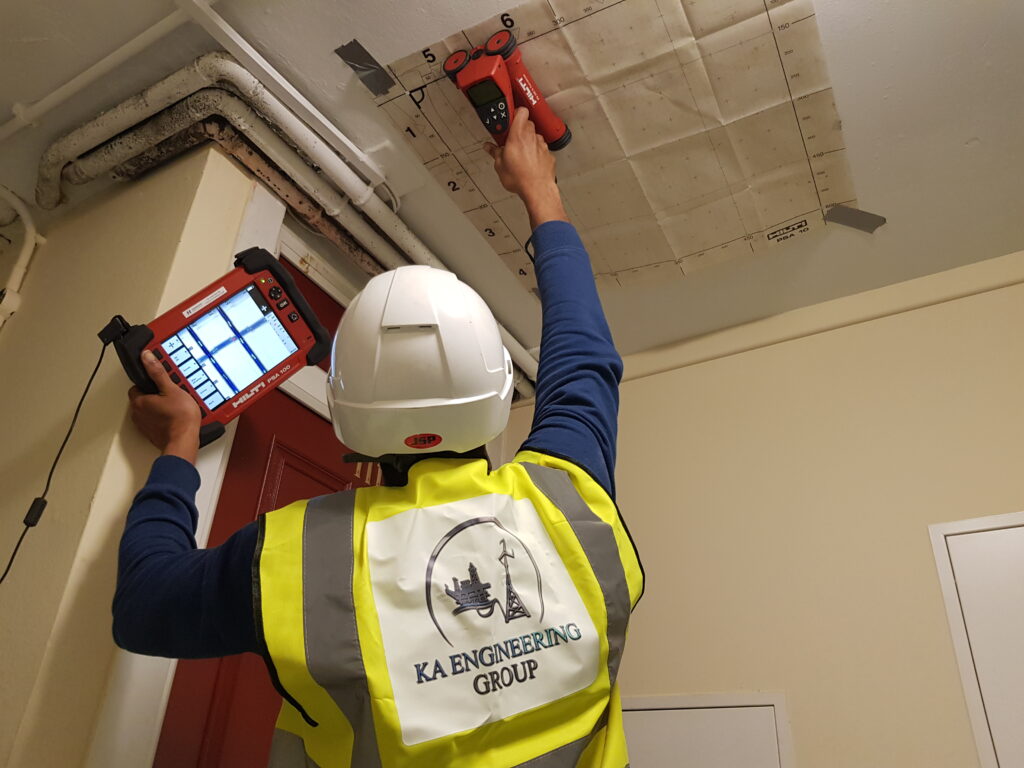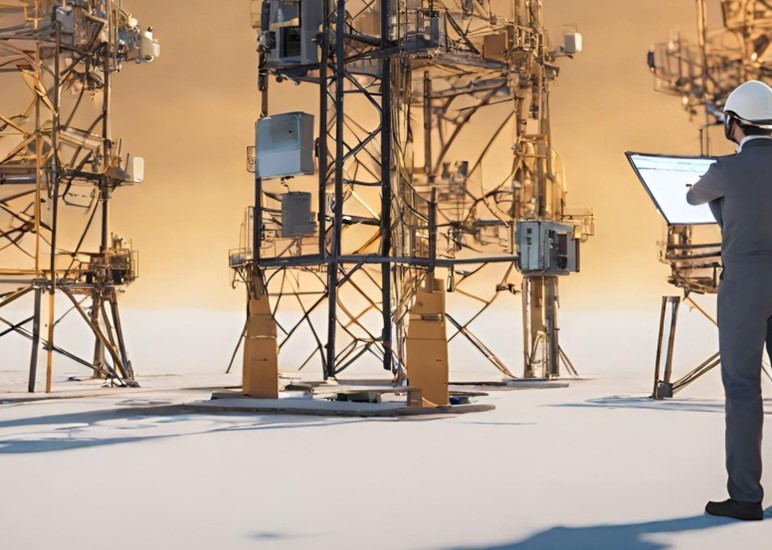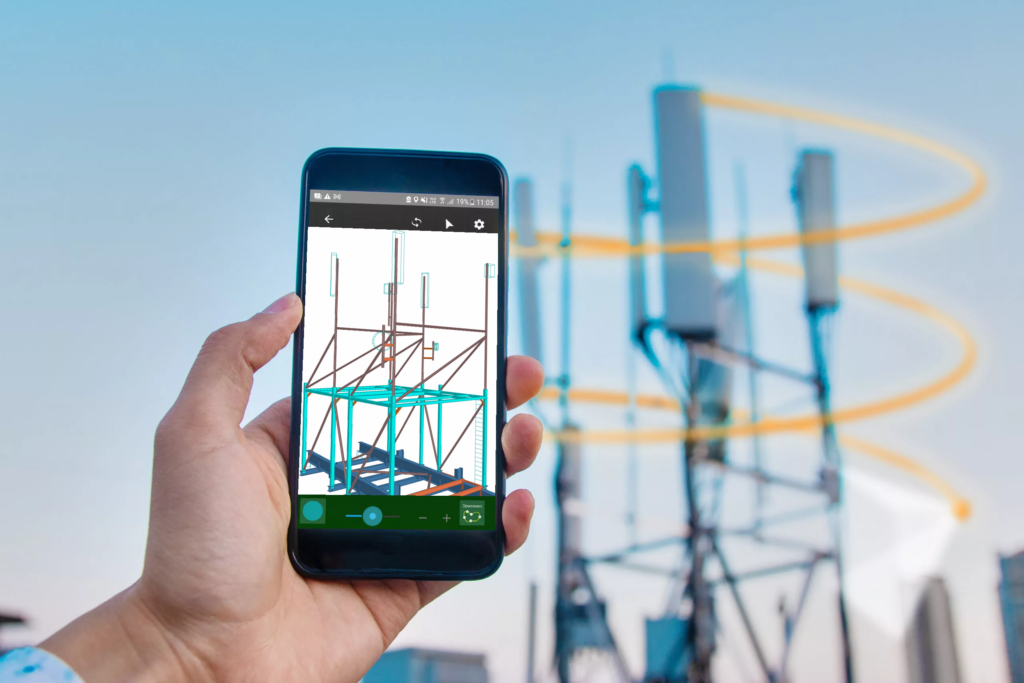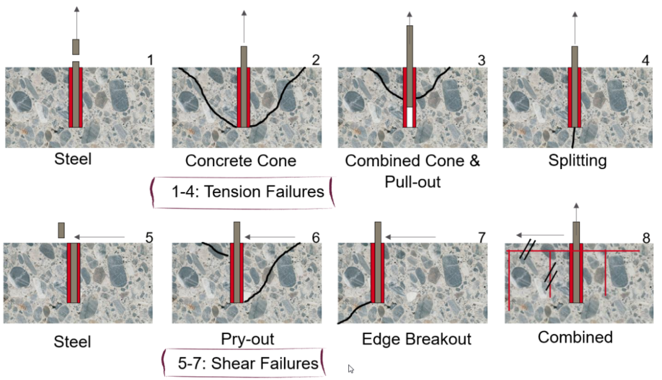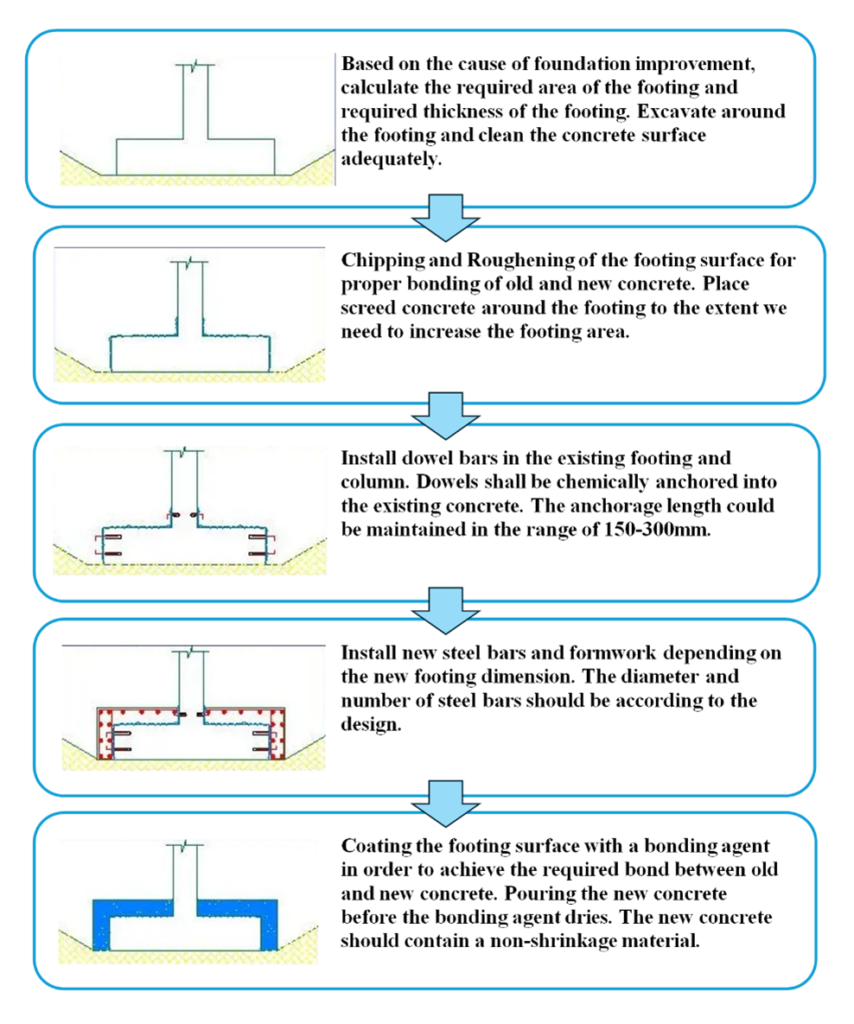NDT Methods for Concrete Imaging and Scanning
Concrete Imaging and Scanning generally refers to a group of non-destructive tests (NDT) that used to obtain post -installation information about concrete structures. Several Imaging and Scanning technologies have been developed over the past few decades but one key one for the telecoms industry is Ground Penetrating Radar – GPR Concrete scanning might become necessary in […]
NDT Methods for Concrete Imaging and Scanning Read More »

